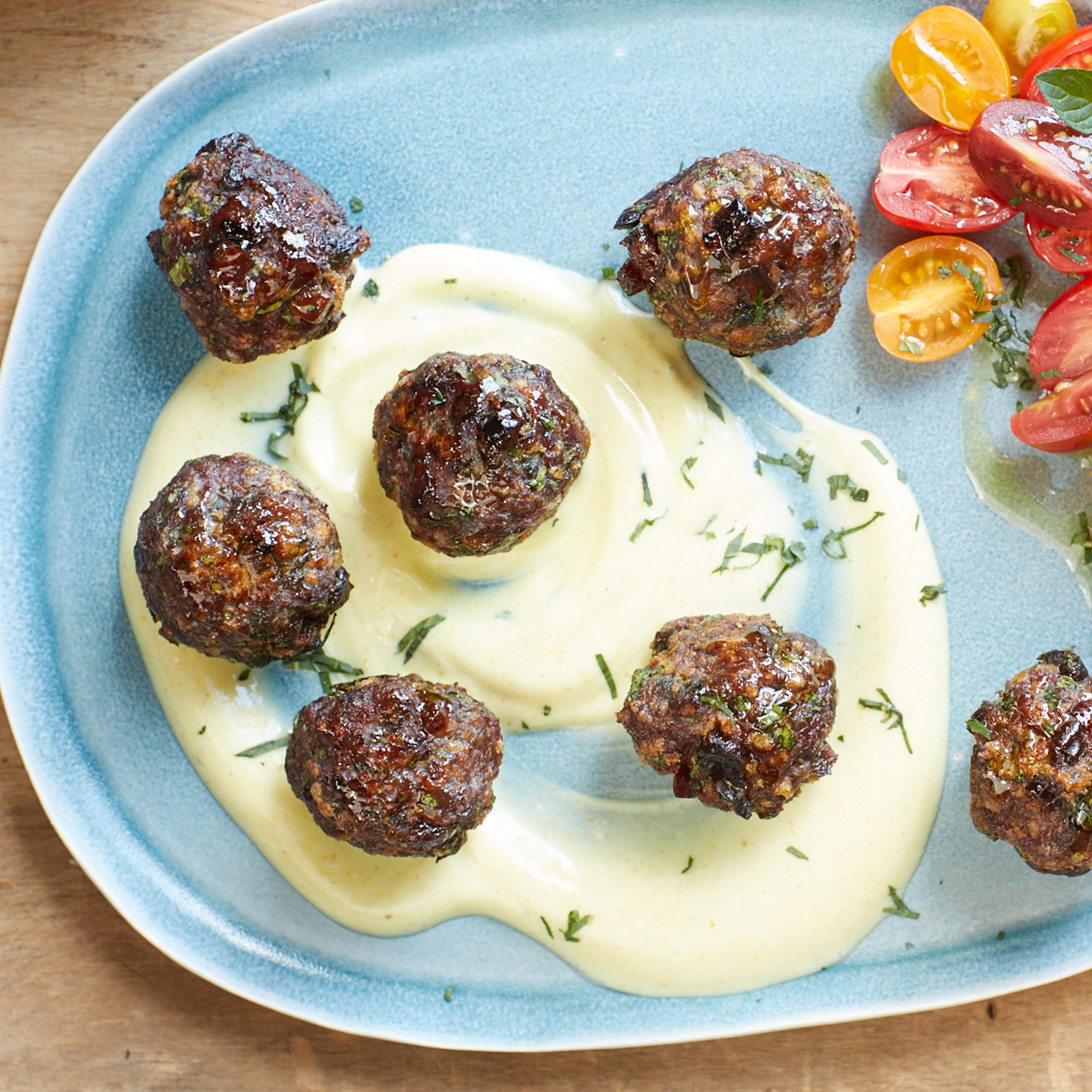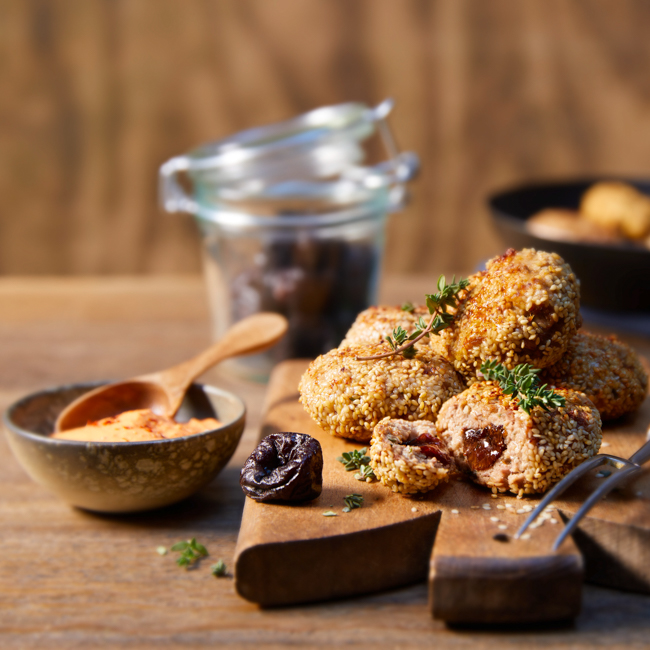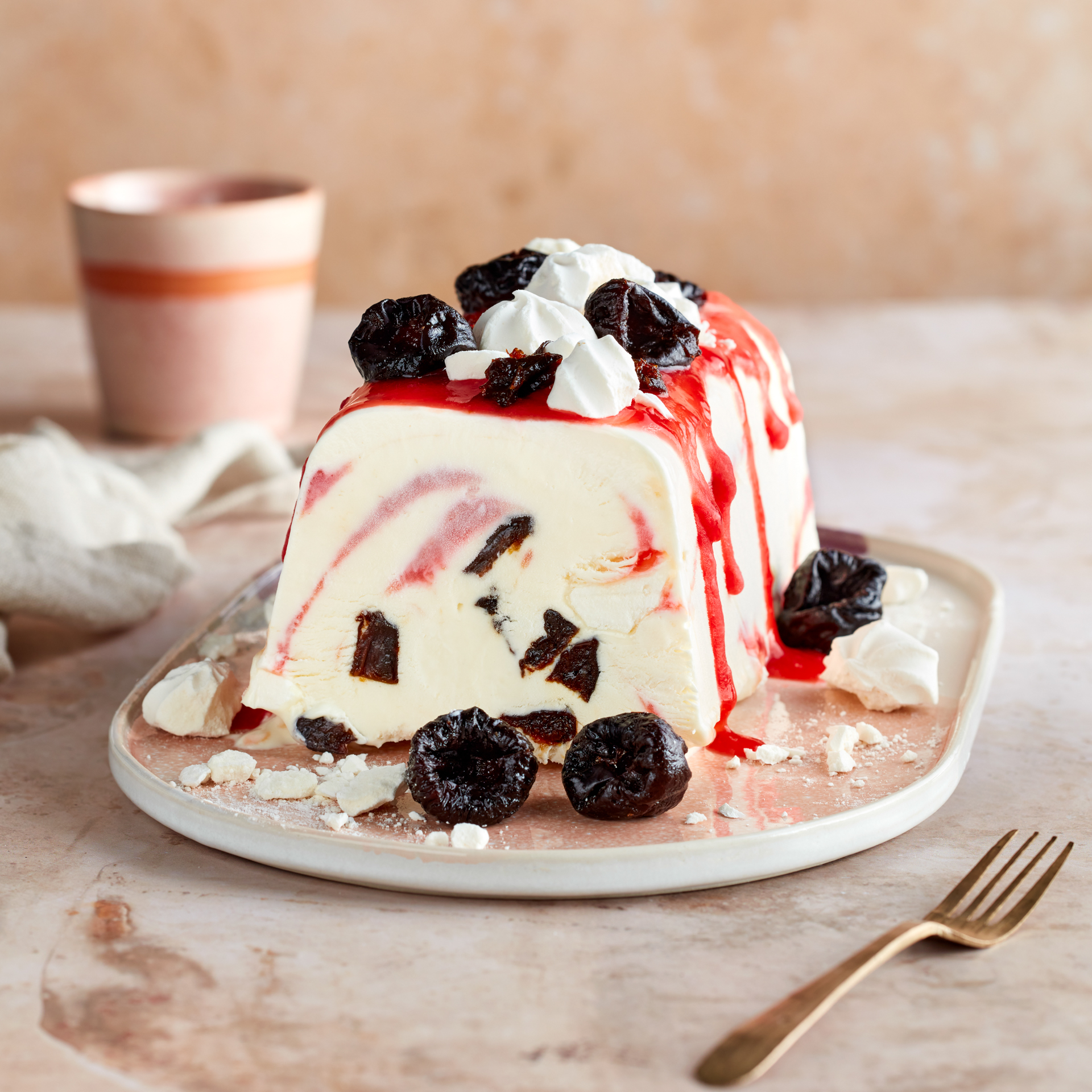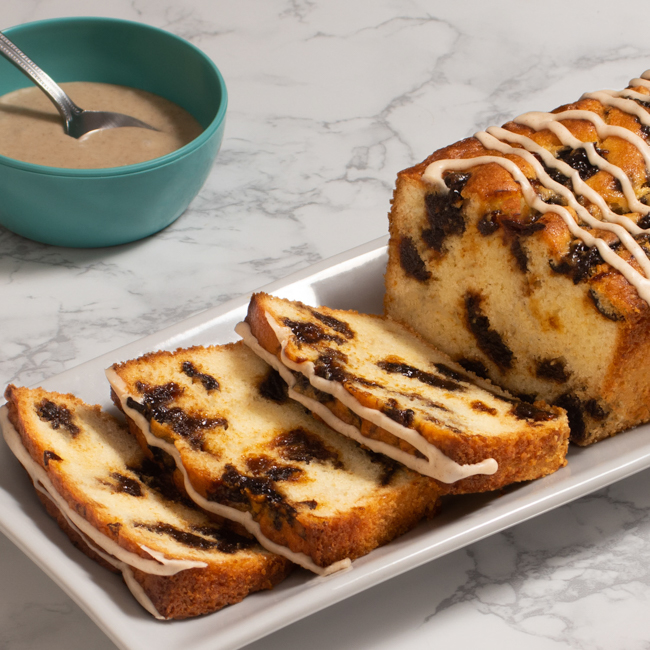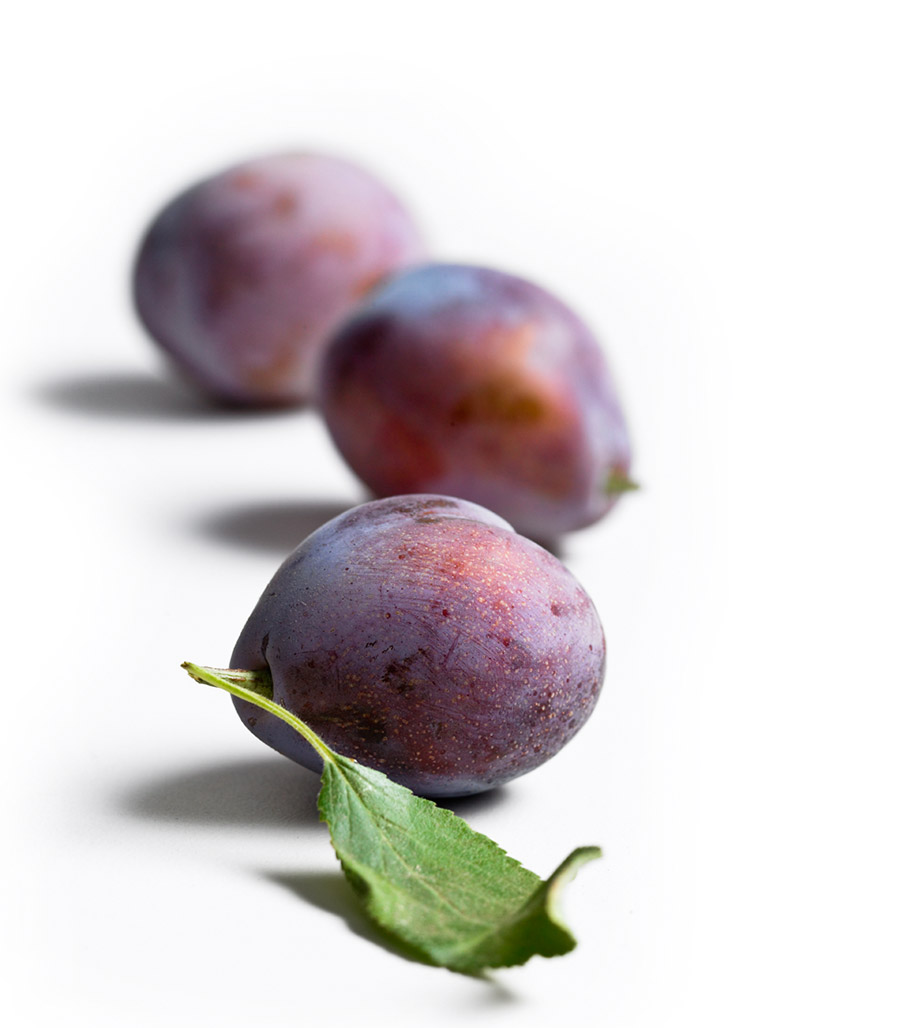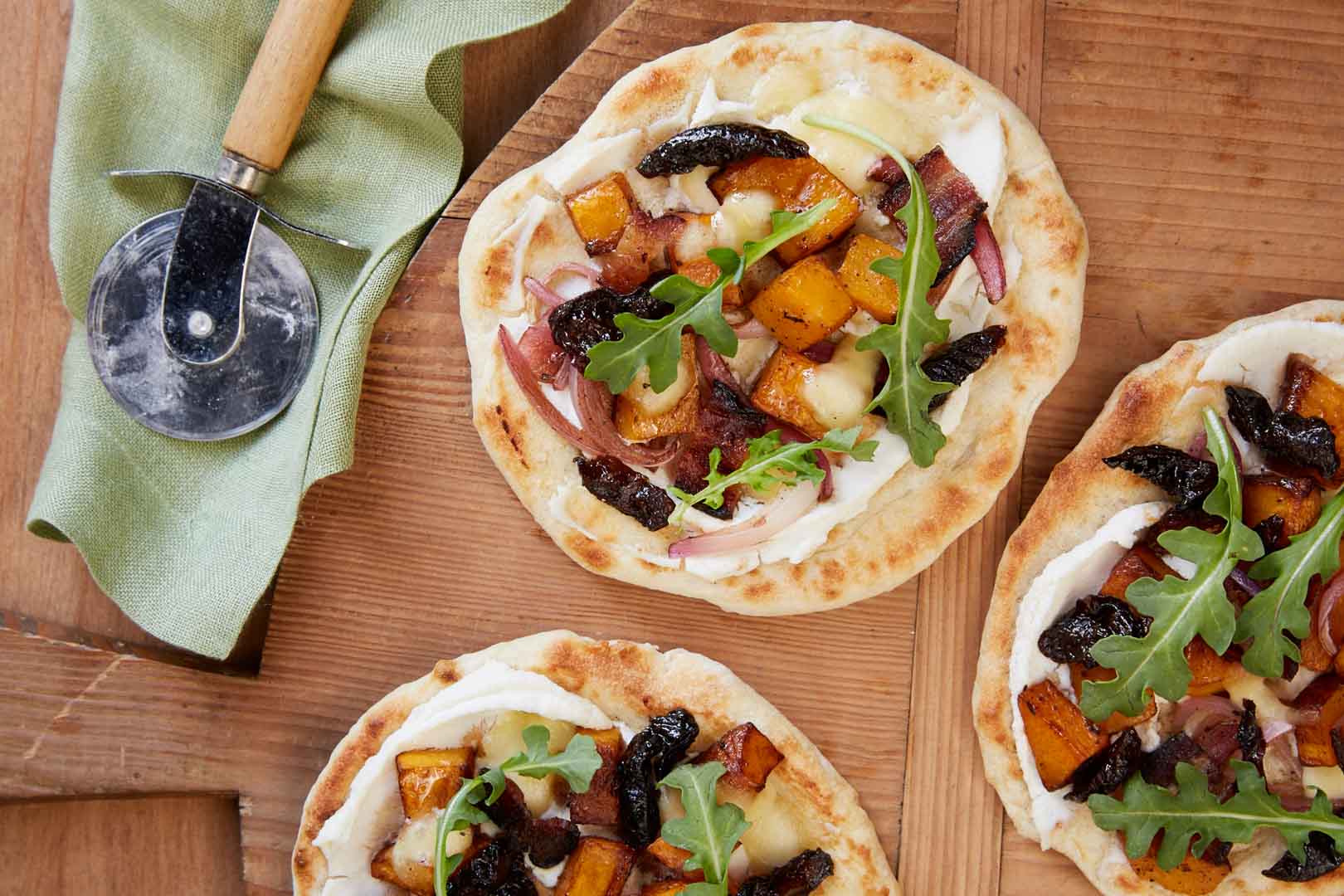
Pizzettes are the small-scale, portable rendition of pizza, the perfect size for picnics and grab-and-go lunches. Because they’re smaller and less familiar than pizza by the slice or focaccia, they allow for more wiggle room for creativity to shine through. While you can go the classic route, you can also forgo cheese and top the dough with little more than thinly sliced lemons, herbs, and olive oil. In the recipe above, mozzarella and ricotta make up the the base for the roasted butternut squash and onions, with bits of prune adding subtle sweetness and texture. You can play with a range of sweet-savory flavor combinations, from the roasted butternut squash seen above to goat cheese to fresh and dried fruit.
How to Build Pizzettes with Prune Ingredients
There are several ways that prune ingredients can improve pizzettes:
- The Dough: When baking smaller rounds of flatbread, it’s easy for the dough to dry out faster. For a more pliable crust with enhanced caramelization and more moisture, add a small quantity (up to 1% of the formula) of Prune Puree to the dough. This works especially well in whole-wheat doughs because the prune binds moisture, preventing the crust from tasting dry. Prune juice concentrate can also help boost caramelization and moisture.
- The Sauce For a balanced tomato sauce or, if you’re going sweet with a fig jam, add a splash of Fresh Plum Concentrate to give a sweet tang that draws out flavor.
- The Toppings. For sweet-savory toppings, sprinkle Prune Bits on top of roasted vegetables and cheese.
There are many other ways to use prune ingredients in baking R&D. Consider starting here for a broader overview.


 日本語
日本語 한국어
한국어